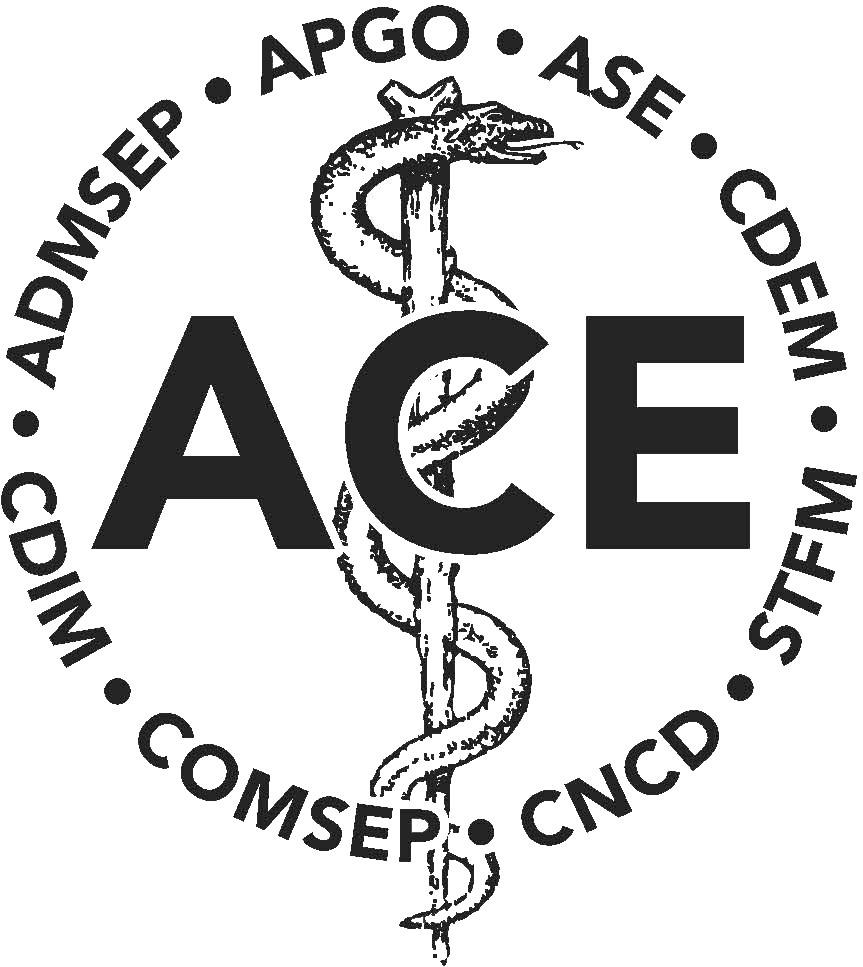Let’s talk about talking. It seems given the current environment in the U.S., we’re walking on eggshells, not really sure what we can or should say. These challenges with conversing have resulted in a pressure cooker within academic health centers amongst many other places. Stress, long hours, and differing opinions can sometimes lead to terse discourse (1,2). Whether it’s a vigorous debate during rounds, a classroom discussion has gone awry, or a tense exchange between colleagues, communication seems to be broken. The ability to de-escalate conflict and promote respectful conversations is paramount. As medical educators, we must model and cultivate civil discourse to create a positive learning environment and equip future healthcare professionals with essential communication skills.
Are you still with me? Good! In Robert Livingston’s book The Conversation (3), he references cognitive heuristics that we use. A heuristic is a tendency to overweight information readily available in your mind when making a decision. As clinicians, illness scripts are a medical application of a cognitive heuristic. You’ve seen many presenting with nearly identical symptoms, so you immediately go to the diagnosis you believe it is. Without additional contrary evidence to sway you, you proceed to treat accordingly (and of course run the risks associated with premature closure).
Where cognitive heuristics occur in normal discourse, these have been built over time based on an individual’s experiences and knowledge. When confronted, for example, with an initiative related to diversity and inclusion, their heuristics may lead them to believe diversity of thought is a bad thing, something undesirable. Why? Who knows? The reaction may then be the polar opposite of what you expect and will clearly interfere with what you hope to accomplish. This can even occur in simple conversations.
The bigger question is how can we break this cycle of high-tension communication? How do we gain an understanding and respect of others’ experiences to converse in a civil manner? How can we carry on conversations that seek to find mutual understanding and maintain mutual respect (even if we do not agree)?
As you can well imagine, there are a lot of approaches described online. When a conversation becomes heated, it’s crucial to act as a calming influence. Here are some techniques to de-escalate:
- Establish Psychological Safety: Remind everyone that you’re on the same team and want to find a resolution together. Use inclusive language and express a willingness to work through the issue collaboratively.
- Ask Open-Ended Questions: Encourage reflection and sharing of perspectives. Instead of accusatory questions, try “Can you help me understand your perspective on this?” or “What’s most important to you in this situation?”.
Finding common ground is essential for moving past conflict and fostering understanding, which is a key premise of Livingston’s book (3). Probably the most important advice offered in several other articles is active listening. Truly listen to understand, not just to respond. You have to avoid the temptation to be contemplating your response when they are speaking. Pay careful attention to the underlying concerns or values being expressed (4,5). Don’t worry if there’s a gap, a brief silence, in a conversation.
Livingston’s framework for structuring dialogue to promote deeper understanding and collaboration involves asking deliberate, thoughtful questions to elicit information and encourage reflection (3). These are a few that may help:
- Start with “What Happened?” or “What’s the issue we’re facing?”: Encourage a factual recounting of events or perspectives to establish a shared understanding of the situation.
- Move to “Feelings”: Ask about the emotions involved: “How did that make you feel?”. Acknowledging feelings can help de-escalate tension and build empathy.
- Explore “Identity”: Consider how the situation impacts individuals’ sense of self and their role within the group. This can help uncover underlying motivations and perspectives.
- Examples of Dialogue-Enhancing Questions:
- “Can you tell me more about how you see it impacting the situation?”
- “What would a successful resolution look like for you, and how can we work toward that?”
- “What are some other approaches we could consider here?”
The house of medicine has to interact with people of varied backgrounds. Although some of those people may not share any of our own values, it is essential to be able to converse with one another in a respectful, caring manner.
This Med Ed Chat blog is a bit different, but it felt needed in our current environment. Here are some questions for you to consider:
- How can we, as medical educators, create a culture that encourages open and respectful dialogue, even when discussing contentious issues?
- What strategies can we implement to ensure that all voices are heard and valued in discussions about diversity, equity, and inclusion?
- How can we equip future healthcare professionals to navigate and resolve conflicts that arise from differing perspectives and experiences?
- How can we prepare when someone is intransigent? What might that conversation look like – especially if you’re the intransigent one?
Thank you for indulging my musings on this topic.
References:
- May H. Create a CULTURE of belonging. HR Future 2022 (6); 46-47.
- Medina FJ, Benitez M. Effective behaviors to de-escalate organizational conflicts in the process of escalation. Sp J Psychol 2011; 14(2):789-797.
- Livingston R. The Conversation. New York, NY: Currency, 2021.
- Del Bel JC. De-escalating workplace aggression. Nurs Mgmt 2003 (9); 30-34.
- Albardiaz R. De-escalating emotions: A process. Educ Primary Care 2017; 28(1):54-55.
Blog Author: Gary L. Beck Dallaghan, Ph.D.; Administrative Director, Alliance for Clinical Education.

Deb says:Reply
March 14, 2025 at 4:17 pm
This is awesome and love that you use Livingston’s framework. So applicable!!!